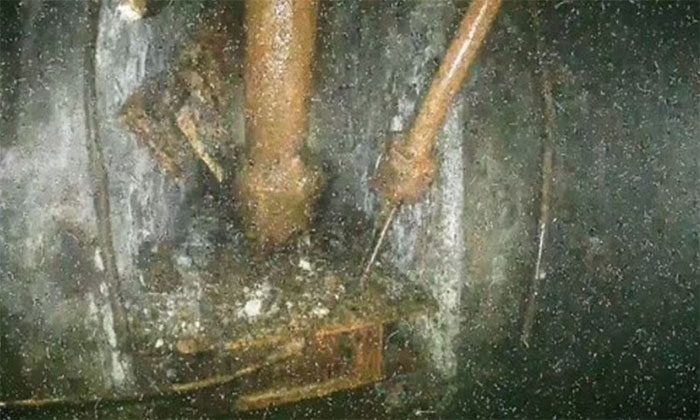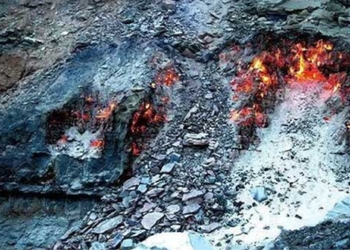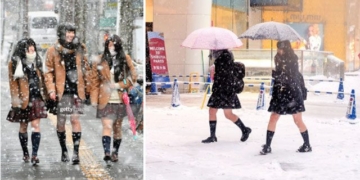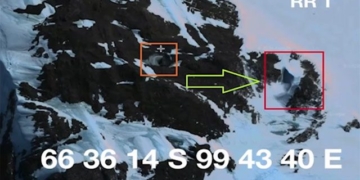Drone Footage Reveals Damage Scale at Fukushima Nuclear Plant 13 Years After Meltdown Disaster.
Drone flying inside the containment area of the melted reactor at Fukushima. (Video: TEPCO)
The operator of the Fukushima Nuclear Power Plant, Tokyo Electric Power Company (TEPCO), has released video and images captured from inside the facility. These are the first images from within the main structure known as the support pillar in the most heavily damaged containment area of the reactor, located directly underneath the reactor core, reported Mail on March 19.
Authorities have long hoped to access this area to inspect the core and the melted nuclear fuel that dripped down there when the plant’s cooling system was destroyed by the powerful earthquake and tsunami in 2011. High-resolution color images taken by the drone reveal brown objects of various shapes and sizes hanging from multiple positions in the support pillar. Part of the drive mechanism using control rods to manage the nuclear chain reaction and many other devices connected to the core were found displaced by the drone.

Brown objects of various shapes and sizes hanging in the support pillar. (Photo: TEPCO)
TEPCO officials stated that from the images, they could not determine whether the hanging masses were melted fuel or equipment that had melted without obtaining additional data such as radiation levels. The drones are not equipped with radiation dosimeters as they need to be lightweight and agile. Approximately 880 tons of high-radiation melted nuclear fuel still remain inside the three destroyed reactors.
TEPCO is looking to learn more about the location and condition of this fuel to expedite the cleanup process for the plant’s decommissioning. The drone’s camera could not observe the bottom of the reactor core, partly due to the darkness within the containment area. Information from this exploratory mission may assist in future surveys of the melted debris, crucial for developing cleanup technology and robotics. However, much uncertainty about the reactor’s internal condition suggests this will be an extremely challenging task. Critics argue that the goal to decommission the plant within 30 to 40 years set by the Japanese government and TEPCO is overly optimistic.
The decommissioning process has been delayed for years due to technical obstacles and a lack of data. The Fukushima disaster is one of the largest nuclear incidents in the world. The accident occurred following a magnitude 9 earthquake that struck the coastal region of eastern Japan. It was one of the strongest earthquakes recorded in Japan. The violent quake was so powerful that it shifted the Earth’s axis and triggered a massive tsunami that inundated Japan’s main island, Honshu. The tsunami alone resulted in the deaths of 18,000 people.
Water from the tsunami easily breached the protective barriers of Fukushima and flooded the reactor, causing a meltdown. As increasing radiation leaked from the plant, over 150,000 people were forced to evacuate from the surrounding area. Today, the exclusion zone remains intact, and nearly all evacuated residents have not returned. Japanese authorities estimate that it will take up to 40 years to clean up the contamination in the area. This nuclear disaster has been classified as a level 7 event by the International Atomic Energy Agency.





















































